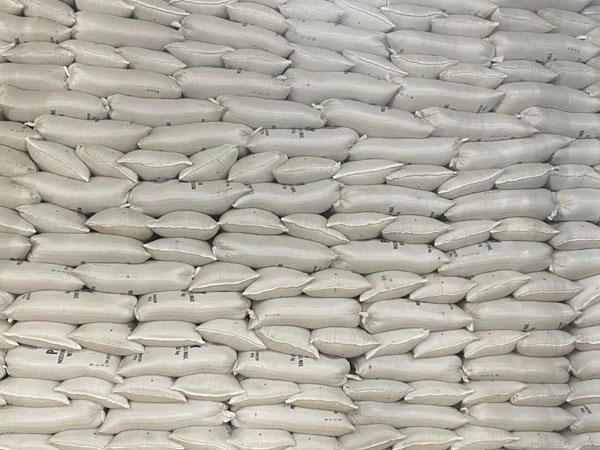 The country’s paddy rice output will recover this year on the back of improved weather conditions and the extended rice competitiveness program, according to a research firm.
The country’s paddy rice output will recover this year on the back of improved weather conditions and the extended rice competitiveness program, according to a research firm.
BMI, a unit of Fitch Solutions, projects that the Philippines’s rice production will pick up in the 2025/26 season due to “better weather conditions” and the extended Rice Competitiveness Enhancement Fund (RCEF) until 2031.
The international research firm noted that the mild La Niña weather pattern would dissipate between March and May 2025.
“This is usually associated with above-average rainfall in the Philippines and is therefore an upside risk for production in the country,” BMI said in its latest report.
Furthermore, it noted the amended Rice Tariffication Law (RTL), which increased the Rice Competitiveness Enhancement Fund (RCEF) to P30 billion, would be an “upside risk” for production.
The increased funding would be earmarked for bolstering access to rice farm machinery and equipment, seed propagation, training of farmers, expanding credit assistance, and improving pest and disease management.
“We believe this is an upside risk for production in the upcoming season and in the medium term, but we flag that the previous 6 years of RCEF were unable to significantly increase domestic rice harvests.”
‘Structural challenges’
Meanwhile, BMI said structural challenges, such as limited availability of arable land, exposure to typhoons, and a growing population, would continue to weigh on the country’s rice self-sufficiency.
The research firm said self-sufficiency for rice has declined over the past decade to 69.7 percent in 2024/25 from 91.6 percent in 2014/15 “due to limited growth in production combined with strong growth in consumption.”
Furthermore, the BMI said its forecast for the five-year average annual growth rate for rice consumption up to 2024/25 is 3.6 percent, which pales in comparison to the 0.2 percent it projected for production.
“Through our forecast period between 2025/26 and 2028/29, we expect the average annual growth rate for production to be 2.0 percent, while for consumption we expect this to be 2.5 percent.”
“The challenges faced by the sector are also reflected in a growing production deficit, which was 1.4 MMT in 2014/15 and we forecast this to increase to 3.5 MMT in 2024/25 and expand to 6.1 MMT in 2028/29.”
The country’s palay output stood at 19.09 million metric tons (MMT) in 2024, which fell short of the government’s 19.3 MMT target and was 4.85 percent lower than the record harvest of 20.06 MMT in 2023.
Despite this, the Department of Agriculture is expecting palay harvest to breach the 20 MMT-mark again this year at 20.46 MMT.














© Copyright 2025 The SSResource Media.
All rights reserved.